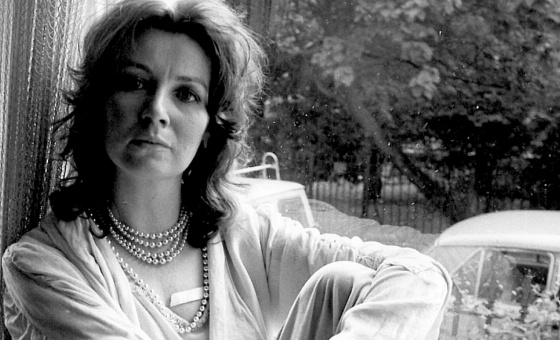This is the last article you can read this month
You can read more article this month
You can read more articles this month
Sorry your limit is up for this month
Reset on:
Please help support the Morning Star by subscribing here
Figures Of History
by Jacques Ranciere
(Polity, £9.99)
FIGURES Of History, superbly translated by Julie Rose, combines the text written for the 1996 History Has A Face exhibition at the Pompidou Centre with another penned for a simultaneous screening of documentary films on the same subject at the Paris venue.
Jacques Ranciere believes that representing the past might either imprison history or free its true meaning by what it shows — and what it hides.
He cites Chris Marker’s use in The Last Bolshevik of an image of the imperial family surrounded by dignitaries strolling past crowds in Saint Petersburg, explaining that despite all the emotion it might evoke the camera lens remained indifferent.
It recorded simply what it is made to do.
This power to selectively instruct is best illustrated in the first film ever made, the 1895 Workers Leaving The Lumiere Factory which, in all its 45 seconds determined “the fate of cinema, defining the threshold of what it should or should not see,” Ranciere believes.
Film-makers were forever left outside factory gates never “seeing” the “invisible,” with the exception perhaps of Vsevolod Pudovkin’s Deserter, based on the strike of the Hamburg dockers.
He quotes too Franco Fortini’s sobering, if chilling, elucidation: “You have no fate. You do not have and you do not exist. In exchange for reality, you have been given a perfect show, a good semblance of life.”
As Ranciere points out even Francisco Goya scribbled “No se puede mirar” — it can’t be seen — on one of his drawings, encapsulating the challenging task of how to render history “visible.”
Michal Boncza





